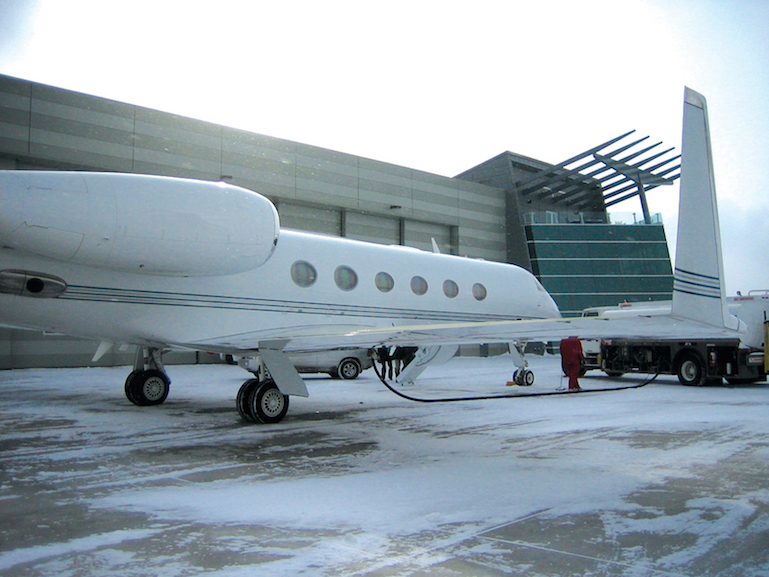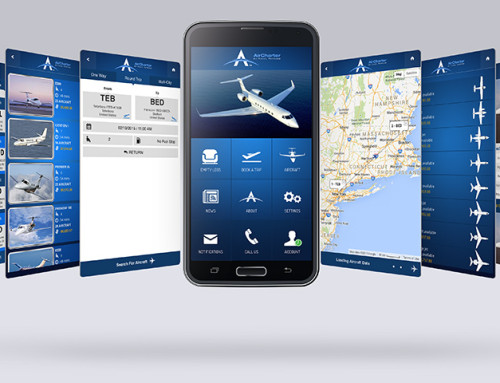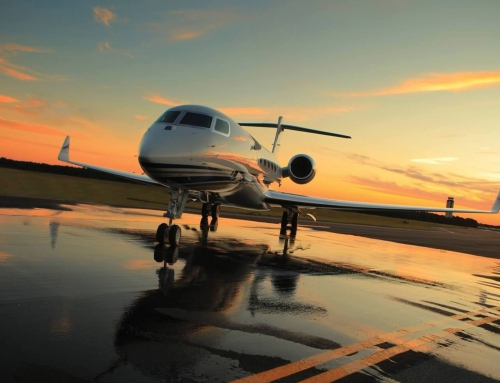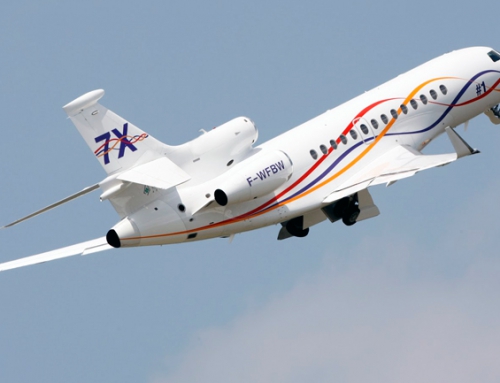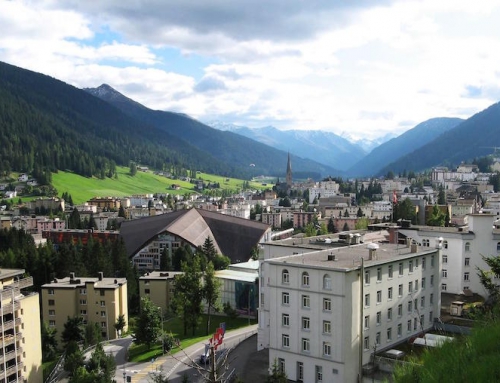Are fuel stops worth it?
A great deal of our customers understand that flying without a fuel stop is the best way to fly. But this isn’t just in terms of time saving, flying without a fuel stop can very commonly cost less than flying with an aircraft with enough range to fly the trip without a fuel stop. Very commonly, customers will opt for a jet that costs less per hour at the cost of a fuel stop, these customers assume the amount of time on the ground will be minimal, but I have personally seen fuel stops exceeding 40 minutes in a light jet. 40 minutes of lost time in addition to paying nearly an hour of jet rental in addition to the extra fuel speaks mostly for itself. In a 40 minute fuel stop scenario, renting a slightly larger aircraft would make all the difference as well as amount to the same basic costs of operation.
Now let’s calculate a 1500 nmi (nautical mile) journey in two different light jets. One being a Learjet 35A costing approximately $2,300 an hour and an eclipse 500 which costs approximately $1,800 an hour to rent. With our hypothetical trip, we will flying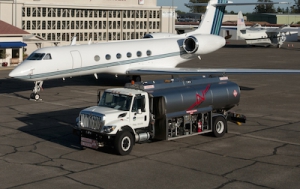 4 passengers from the Boston area to Austin, TX. From a basic standpoint, we can see that the Eclipse 500 and Lear 35A differ in price by about $500 an hour. Now simply running this scenario through our booking engine shows that the cost for the Eclipse is 18,577.00 while the cost for the Lear 35A is 18,149.00. this makes the Learjet 35A technically cheaper, but even if it wasn’t; another point is the simple fact that lost time is worse than lost money in most scenarios. The 40 minute fuel stop requires the aircraft to slow down, reducing altitude, ranging when the proper landing slot is given by the control tower, landing for 40 minutes before being able to get to the runway, before climbing to cruise altitude again, which can take 25-30 minutes depending on the aircraft. This amounts to over an hour of lost time meaning an extra hour of the $1,800 hourly rate basically nullifying the savings made possible by flying on a smaller aircraft.
4 passengers from the Boston area to Austin, TX. From a basic standpoint, we can see that the Eclipse 500 and Lear 35A differ in price by about $500 an hour. Now simply running this scenario through our booking engine shows that the cost for the Eclipse is 18,577.00 while the cost for the Lear 35A is 18,149.00. this makes the Learjet 35A technically cheaper, but even if it wasn’t; another point is the simple fact that lost time is worse than lost money in most scenarios. The 40 minute fuel stop requires the aircraft to slow down, reducing altitude, ranging when the proper landing slot is given by the control tower, landing for 40 minutes before being able to get to the runway, before climbing to cruise altitude again, which can take 25-30 minutes depending on the aircraft. This amounts to over an hour of lost time meaning an extra hour of the $1,800 hourly rate basically nullifying the savings made possible by flying on a smaller aircraft.
Of course there are many scenarios where a fuel stop is better than no fuel stop. For a 7,000 mmi trip, the cost of charting a super long range jet capable of this range would cost upwards of $13,000 an hour just for the basic aircraft hourly fee, excluding fuel surcharges and other fees. The cost of a jet with half the range with one fuel stop for example, charting a G650 for a 7,000 mmi trip would cost around $200,000 while the same flight on a smaller aircraft such as a Challenger 604 with one fuel stop would cost $153,000
 Cessna Citation V
Cessna Citation V




